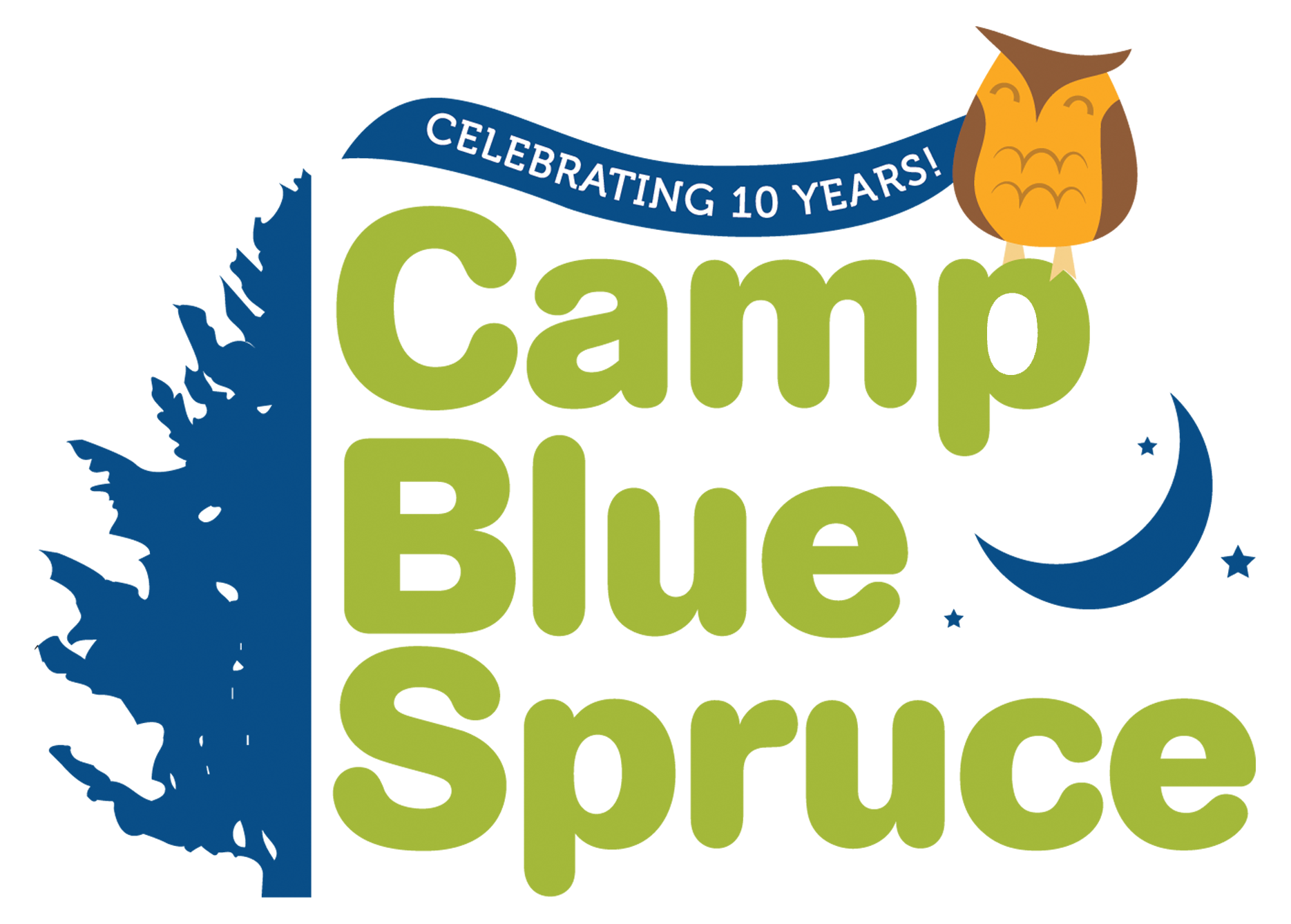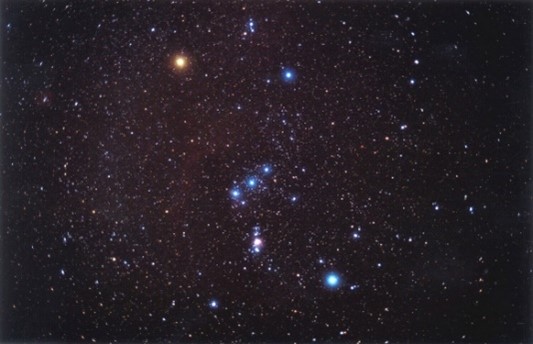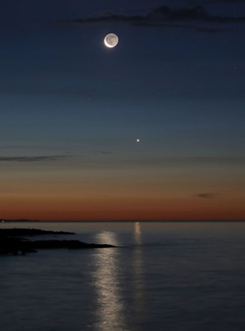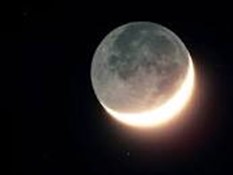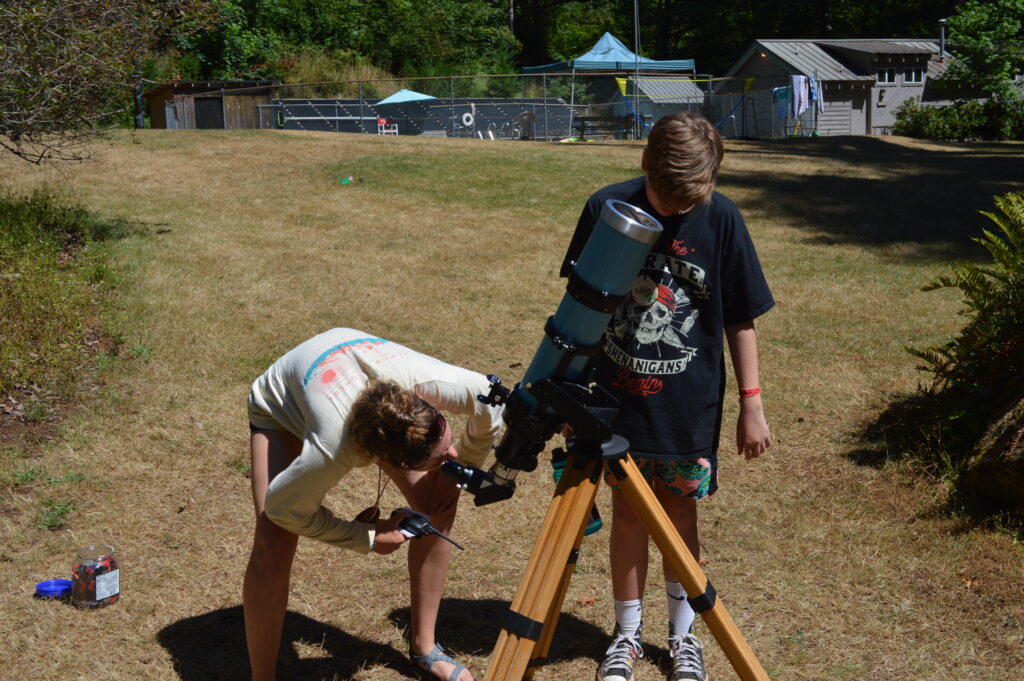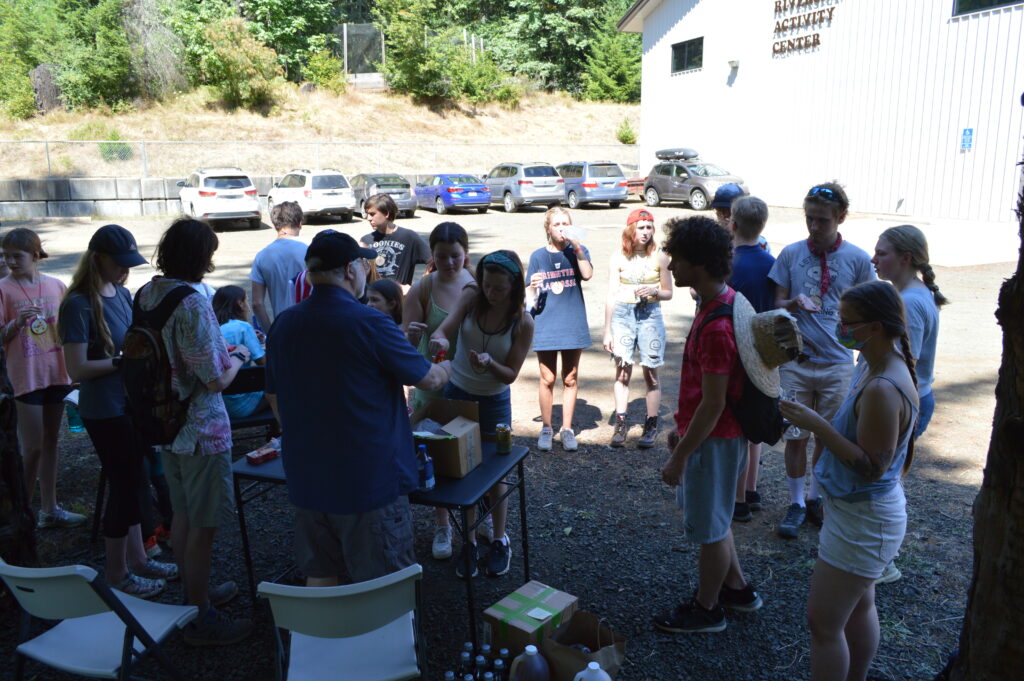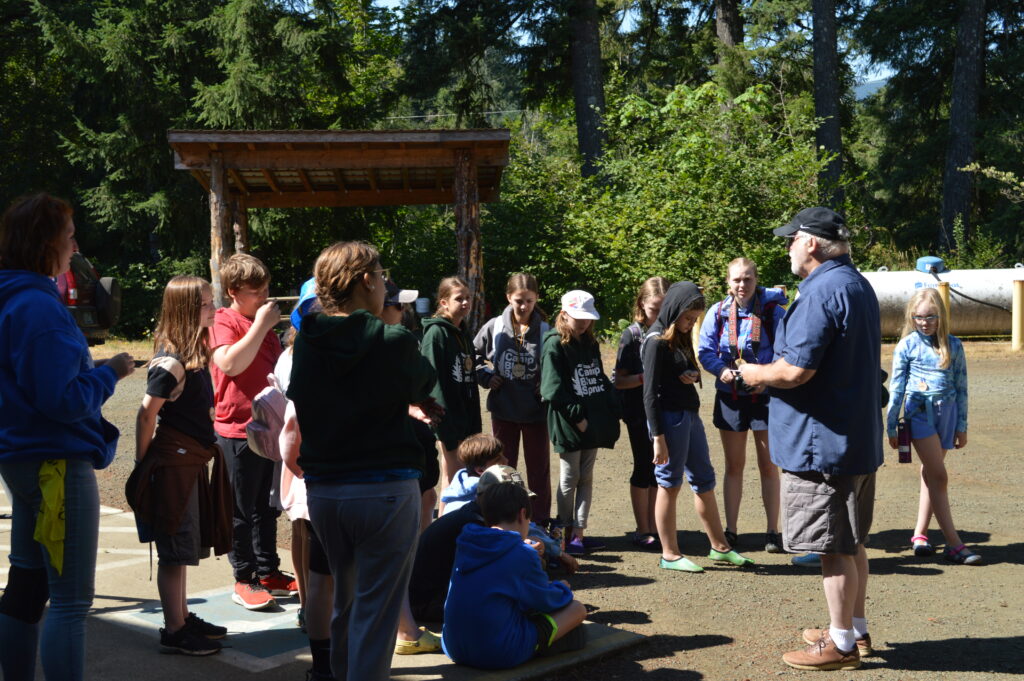These questions were asked the Camp Info Session held on 3/6/23. Please contact Jake at registrar@campbluespruce.org or call 503-726-8886 if you have any questions!
How many kids are in each cabin?
- Each cabin has 5-7 campers and there are bunk beds in each cabin. Each cabin building also has its own bathroom.
Can we send our camper mail?
- Mail is great and loved by campers. It can be dropped off along with your camper at camp
What age do they have to be a counselor? My kid is 17 and a Teen Mentor with the Allergy Pals.
- 18
Can you talk about the Counselor in Training program? What age do you have to be?
- Counselors In Training is an amazing course. It is for teens entering their senior year or who are 17 and are ready to take on more of a leadership role. Each morning they gather as a group for learning sessions and follow a curriculum covering things like group facilitation, conflict management, etc. In the afternoons, they put their training into action. In the evening they have reflection time to consider what they’ve learned.
How old do you have to be to be in TXC?
- The Teen eXplorer Camp is for teens entering 9th grade in September 2023.
Are you able to serve picky eaters?
- Meals are served buffet style so campers can choose what they would like to eat from the offerings. Counselors will also keep an eye on campers, especially at the beginning of the week to make sure all campers and especially picky eaters are getting enough to eat
How are campers supervised?
- Every cabin has at least one counselor within the cabin and campers are never left unattended
Is there any sort of hand washing protocol after meals/snacks in place?
- Hands are to be washed or wiped before and after meals
What do you do about bugs and mosquitos?
- we recommed campers bring bug wipes for mosquitos in the evening, but thankfully they have never been an issue (I personally don’t even wear bug spray). There have been bees, but we talk about safe practices around bees and Brad (one of the campsite owners) will hang bee traps immediately where we see bees. The new dining hall should also alleviate the bee issue since we will no longer being outside where the bees smell the food
Do campers sleep co-ed?
- No – they will stay in gender-segragated cabins and will be placed with the gender in which they identify.
Do the counselors have food allergies?
- Many of our counselors have allergies and became involved as campers!
Will there be photos for the parents?
- yes! we do out best to capture all the best moments and photos. There are also photos shared on the facebook group throughout the camp week
Dates we should arrive in Portland
- If you are in for week 1, arrival at camp will be early afternoon on August 7th and departure will be morning of August 12th. If you are in week 2, arrival at camp will be early afternoon on August 14th, and pickup will be the morning of August 19th. If you are flying, many families like to come into Portland the Sunday night before check-in and depart after 3:00 PM on Saturday to allow for plenty of time to get to the airport.
Is there a packing list?
- Yes, you will get a packing list from me this summer via email! probably late June/early July
Do you know the percentage of campers have celiac?
- Roughly 20%!
If we have siblings in the same camp can we stay in the same cabin?
- If they are in the same age group, yes. If not, they will be in different cabins but can see each other during program block and meals
Is there air conditioning in the cabins?
- There is not air conditioning in the cabins, but the Oregon mountains are lovely and it really cools down at night.
Is there a place to change clothes privately?
- Shared bathrooms with single showers and bathroom stalls, so you do have some privacy.
How many kids will be at camp?
- We have around 90 for our first week and looking to have at least 60 for our second week!
Does staff remind campers about drinking water, using sunscreen, etc?
- Absolutely!
Do campers sleep on bunk beds or twin beds?
- Bunks
I’ve applied to volunteer- when do we find out if needed? If selected, where do we stay?
- Stay on site – you will find out in the next couple of months!
Sheets provided or do they need to bring sheets/sleeping bags?
- no sheets or blankets provided so we recommend campers bring a sleeping bag or blankets and a sheet to cover the mattress.
What are the safety measures around swimming?
- The kids are required to wear life vests at the pond at all times and have to pass a swim test for the pool, but don’t have to wear a life vest at the pool. Camp Tapawingo lifeguards are at the waterfront at all times.
Are there formal background checks of all staff?
- Yes!
